People who visit a website can choose from different routes, just like tourists at a crossroads. Some may move toward change, while others may lose their way.
It’s important to give people clear directions and a smooth trip, with as few stops and roadblocks as possible, so they can reach their goal, whether that’s making a purchase, signing up for an email, or doing something else you want them to do.
Why Website Visitors Are Not Converting
If you’re not getting many sales on your website, this guide will help you figure out why and how to turn website users into buyers. Let’s look at 14 factors that can cause low conversion rates on websites.
1. You Are Not Invested in SEO
SEO Search Engine Optimization is important for making a website more visible and higher up on search engine results pages (SERPs). If you don’t manage your website well, you risk having low exposure and authority, which will mean low organic traffic and sales.
There are three main types of SEO:
- On page SEO: This type of SEO focuses on improving the content that can be seen on web pages, such as information and content layout.
- Off page SEO: It looks at things like backlinks and a website’s social media profile that is not on the page itself but affect how well it works.
- Technical SEO: Involves technical aspects like sitemaps, responsiveness, and load speed.
When you spend money on SEO, you not only keep your organic traffic steady, but you also get people who are actively looking for what you have to give.
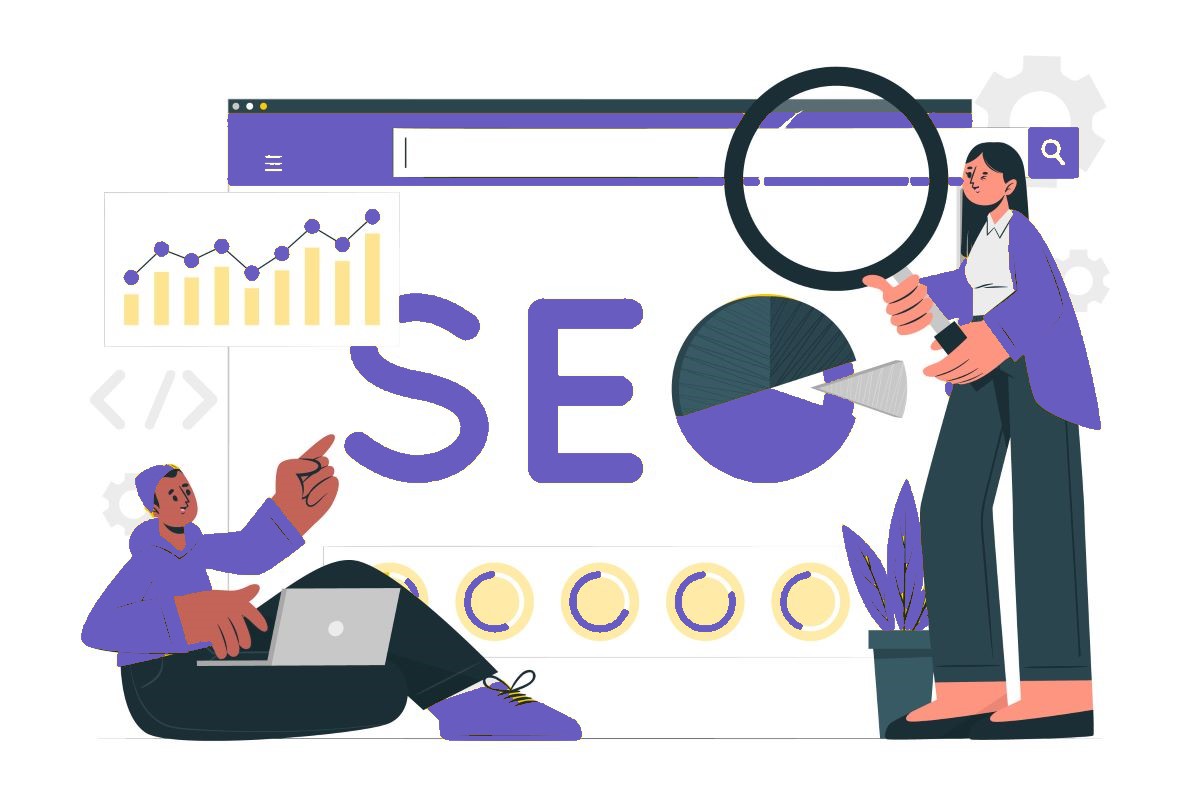
2. You Are Driving Irrelevant Traffic
Drawing in visitors who aren’t interested can cause a lot of people to leave quickly and not buy anything. Focusing on broad, popular search terms might bring you visitors, but it might not lead to sales.
It’s important to focus on specific search words that match what users want. Long-tail keywords aren’t as common, but they tend to bring in high-intent people who are more likely to convert.
Instead of targeting “coffee roasters,” for example, you might want to target “coffee roasters Charleston SC” for better connection and sales, especially for local companies.
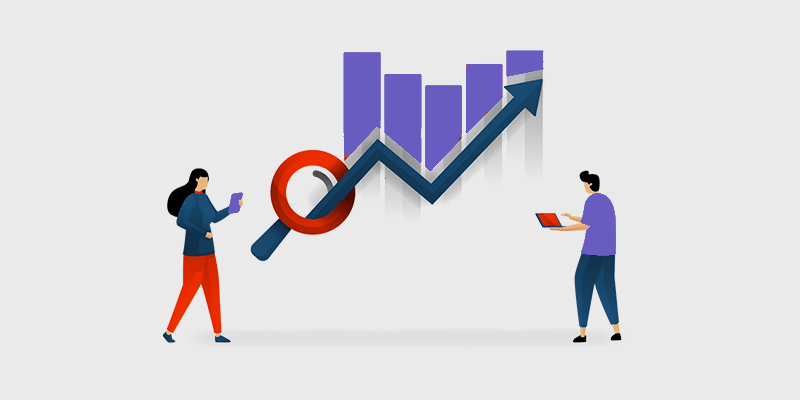
3. Your Website Is Slow
A website that takes a long time to load can have a big effect on conversion rates. People won’t wait for a website to load if they can quickly find something else to do.
Images that aren’t optimized, movies on the website itself, tools that aren’t needed, and hosting services that aren’t stable are all common reasons why websites load slowly. Improving the speed of your website is important if you don’t want people to leave too soon.
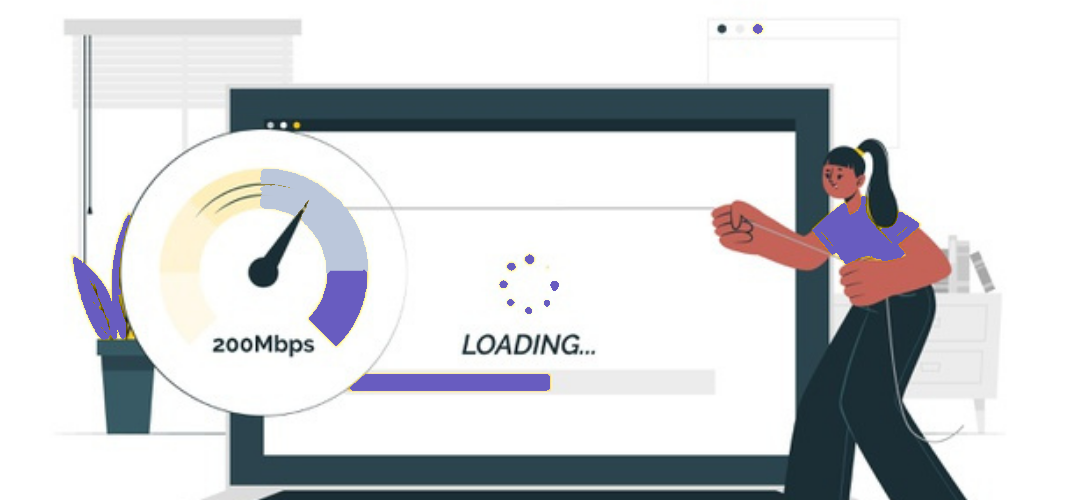
4. Your Web Content Lacks Decisive Information
Visitors may not convert if the content doesn’t meet what the user wants. It’s important to give people knowledge that directly answers their questions and meets their wants.
User intent:
Informational: People who use this group are looking for detailed details or answers to their questions. These words are often used in their search queries: “what,” “when,” “who,” and “how.” For instance, “What are the pros of an e-reader?”
Commercial: These people are usually thinking about buying something and are almost ready to make a decision. In their search questions, they might use words like “best,” “reviews,” or “versus (vs).” It could be “Best e-reader.”
Navigational: People who have this purpose are trying to find a specific website or page. In their online results, they often use brand names or exact product names. Such as “Kobo Libra 2 specs.”
Transactional: People in this group are ready to buy something or do something. When they look, they often use words like “buy,” “free,” and “download.” Think of “Free classic ebooks.”
5. Your Website Navigation Is Not Intuitive
Users can get frustrated and not be able to find what they’re looking for if the website is hard to navigate.
Navigation buttons should be easy to use and follow basic design rules. We use usability tests, heatmaps, and polls to look at navigation screens and find and fix any usability problems.
Navigation menus are frequently located as horizontal bars positioned at the top of web pages. However, they can also take on different forms, such as:
Dropdown navigation menus, which are frequently utilized to categorize various sub-categories or criteria.
Vertical side navigation menus, often observed in blogs, articles, or other long-form content to present table of contents (TOCs).
Hamburger navigation menus, typically represented by three horizontal lines, are commonly used in mobile browsing.
Navigation elements can also be found in the footer of websites. To reduce bounce rates, you can evaluate your website’s navigation menu effectiveness through tests like website usability assessments, heatmaps, and surveys.

6. Your Website Is Not Mobile-Friendly
Over half of all web traffic comes from mobile devices, so it’s important to make sure your website is mobile-friendly for a smooth user experience and more sales.
Make sure you test your website on a variety of devices, operating systems, and screen sizes to make sure it works well on all of them.
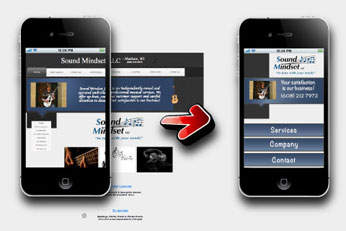
7. Your Landing Pages Are Counterproductive
Landing pages are very important for getting people to take a certain action. It can be hard to convert people when landing pages have unnecessary features or styles that are too busy.
Landing page conversion rates can go up and lead generation can work better if you streamline them and get rid of distractions like menu links.
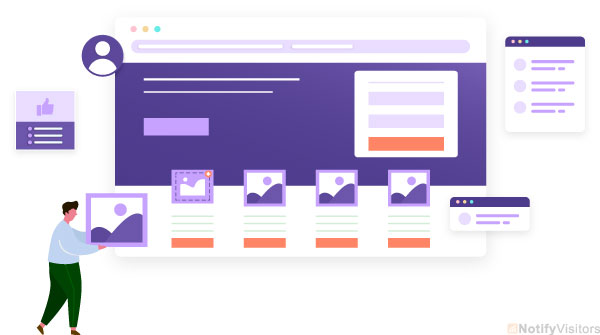
8. You Have No Clear Call-to-Action (CTA)
A strong and clear call-to-action (CTA) gets people to do what you want them to do, like sign up, buy something, or find out more about a product or service. If there isn’t a clear CTA, users might not know what to do and instead do nothing.
CTAs that work are clear, detailed, and easy to find. By trying out different calls to action (CTAs) and looking at response rates, you can figure out which strategy will work best for your website.
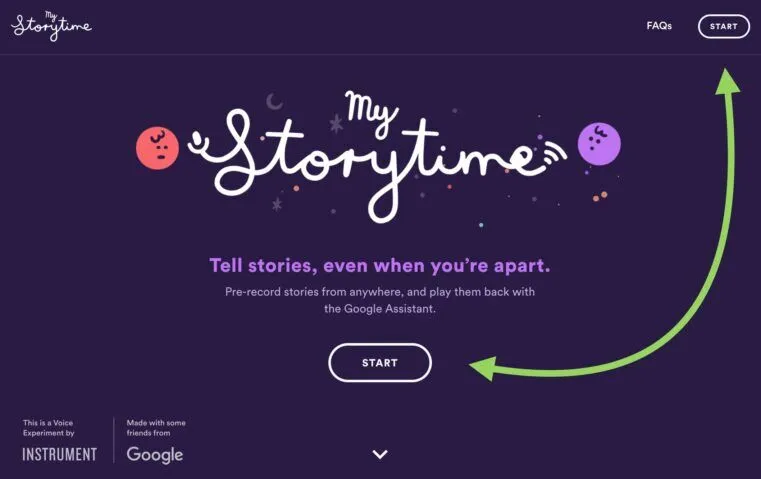
Even if you have a call to action, it might not be the most appealing or easy to find. Users can get confused and hesitant when CTAs aren’t clear, which can lower the number of people who convert to a website.
To make the CTA more successful, make sure it is clear, easy to see, and relevant. Don’t use too many calls to action or words that aren’t clear; they could ruin the user experience.
9. Your Sign-Up Forms Are Too Long
People may be getting to your sign-up form but not finishing it. You might want to go back and look at your forms and website again if that’s the case.
Keep in mind that people are likely to give up when they see a long signUP form.
Geneston found that adding more fields to a form makes it less likely that a change will go through.
People look for ease of use both online and off. Geneston suggested using a method called “progressive profiling” to get people to use it. This method involves getting more information about a person over time instead of asking them for all of their background information all at once.
This step-by-step method fits with doing a customer journey analysis, which lets you see where users might have trouble during the sign-up process so you can make changes to improve things.
10. You Did Not Conduct A/B Testing
You can compare different forms of web features with A/B testing to find the best way to get more people to convert. You can get the most conversions from your website by trying things like content, style, and calls to action (CTAs).
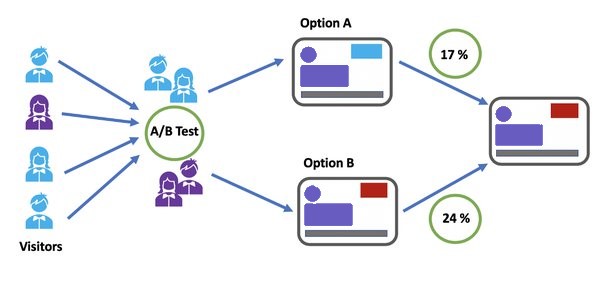
11. Your social media accounts aren’t being used
Being engaged on social media helps build trust in your brand and brings relevant people to your website. Regular sharing, interacting with fans, and answering questions can raise awareness and trust in your brand, which can lead to more sales.
12. You Have Poor Quality Product Images
High-quality pictures of your products are necessary to make them easy to understand and give potential buyers trust. High clarity, multiple views, and the ability to zoom can help users make better buying choices and cut down on returns.
13. You Don’t Have Flexible Payment Options
Giving customers more ways to pay can make shopping more enjoyable and lower the number of carts that are abandoned. Adding well-known payment processors like PayPal or Stripe makes transfers safe and easy, which increases customer happiness overall.
14. You Lack Social Proof
Customer reviews and recommendations, which are examples of social proof, can have a big effect on buying choices. Putting social proof on your website increases trust and trustworthiness, which makes people more likely to buy.
Conclusion:
Improving your website for sales means fixing many problems that could be stopping visitors from converting. Every part of your website, from SEO to making sure it’s easy to navigate and has clear calls to action (CTAs), is important for getting people to convert. By figuring out these problems and fixing them, you can give users a smooth experience that increases sales and helps your business grow.


